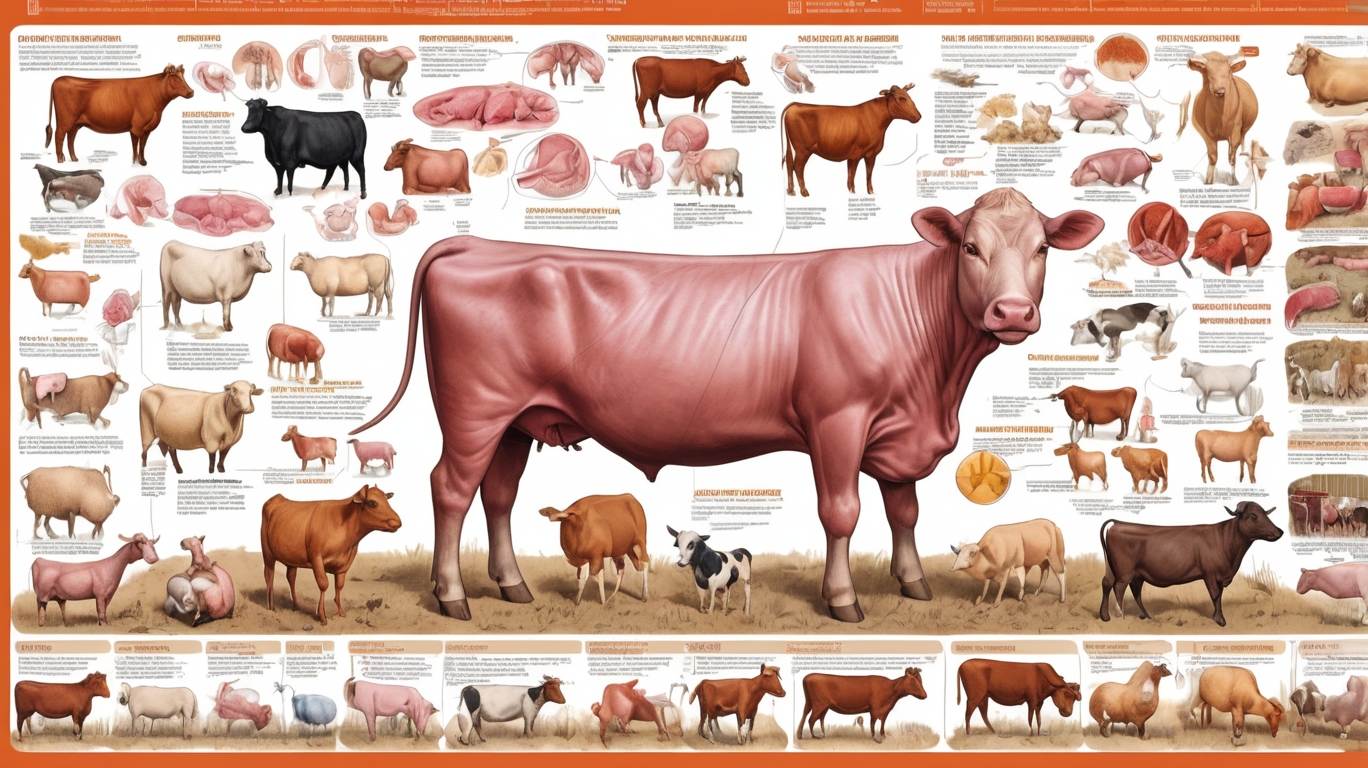Common Diseases in Livestock and Prevention Methods
Raising livestock is a rewarding endeavor, but it comes with the responsibility of keeping animals healthy. Various diseases can affect cattle, sheep, goats, pigs, and poultry, leading to economic losses and animal suffering. Fortunately, many of these conditions can be prevented with proper care and management.
In this article, we’ll explore some of the most common livestock diseases and practical ways to minimize their impact.

1. Foot and Mouth Disease (FMD)
Affects: Cattle, pigs, sheep, goats
Foot and Mouth Disease is a highly contagious viral infection that causes fever, blisters, and lameness in livestock. It spreads rapidly through direct contact or contaminated feed and equipment.
Prevention Methods:
- Vaccination: Regular immunization is the most effective prevention.
- Biosecurity: Limit farm visitors, disinfect footwear, and quarantine new animals.
- Control movement: Avoid bringing animals from infected areas.
2. Mastitis
Affects: Dairy cows, goats, sheep
Mastitis is an inflammation of the udder, often caused by bacterial infection. It leads to reduced milk yield and quality.
Prevention Methods:
- Proper milking hygiene: Clean teats before and after milking.
- Dry cow therapy: Use antibiotics at the end of lactation to prevent infections.
- Comfortable bedding: Keep stalls clean and dry to reduce bacterial exposure.
3. Blackleg
Affects: Cattle, sheep
Blackleg is a fatal bacterial disease that causes sudden lameness, swelling, and muscle damage in young livestock.
Prevention Methods:
- Vaccination: Administer clostridial vaccines to calves and lambs.
- Avoid grazing in wet areas: The bacteria thrive in damp soil.
- Prompt carcass disposal: Bury or burn dead animals to prevent spore spread.
4. Avian Influenza (Bird Flu)
Affects: Poultry
Avian influenza is a viral disease that can cause severe respiratory distress, decreased egg production, and high mortality in birds.
Prevention Methods:
- Restrict wild bird contact: Use netting to prevent wild birds from entering poultry areas.
- Sanitation: Regularly clean coops and disinfect equipment.
- Report outbreaks: Early detection helps contain the spread.
5. Parasitic Infections (Worms, Ticks, Lice)
Affects: All livestock
Internal and external parasites weaken animals, leading to weight loss, anemia, and reduced productivity.
Prevention Methods:
- Regular deworming: Follow a veterinarian-approved schedule.
- Rotational grazing: Prevents overexposure to parasite larvae.
- Dusting and dipping: Use approved insecticides for external parasites.
General Prevention Tips for Livestock Health
- Provide clean water and balanced nutrition to boost immunity.
- Monitor animals daily for early signs of illness.
- Work with a veterinarian for vaccination and treatment plans.
- Maintain clean housing to reduce disease transmission.
Final Thoughts
Preventing livestock diseases requires a combination of good management, vaccination, and hygiene practices. By staying proactive, farmers can ensure healthier animals and more sustainable farming operations.
Would you like recommendations for specific livestock breeds or additional disease management tips? Let us know in the comments!